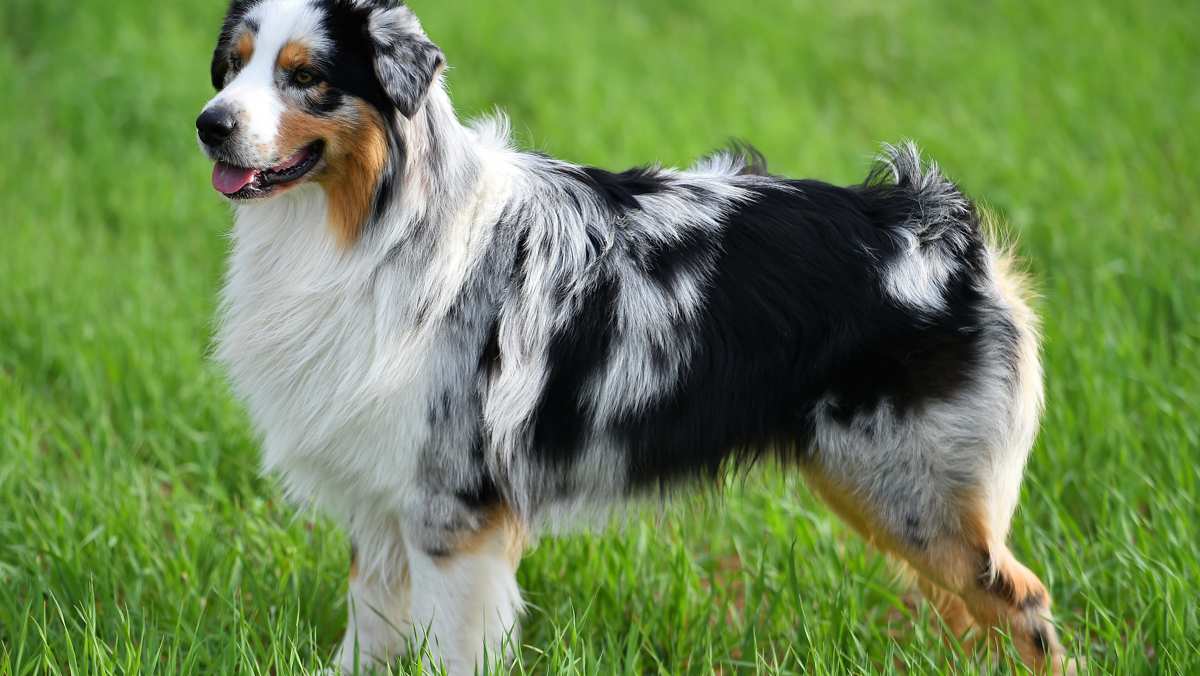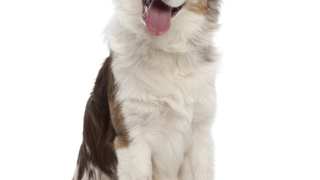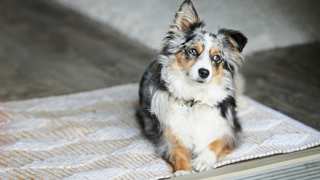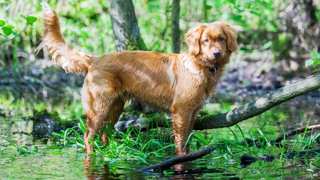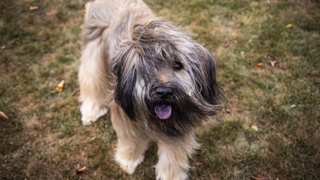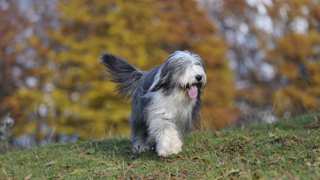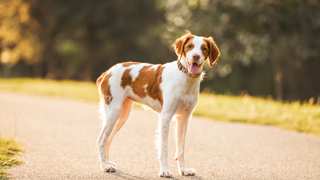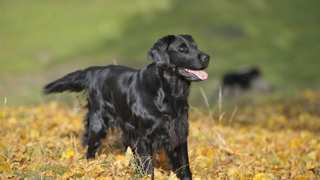The number of Australian Shepherd teeth is anywhere from full dentition to however many less there may be due to accidents — i.e., those missing — or inherited missing teeth. This may sound confusing, but it is what it is, and what is common is that your Aussie Shepherd may or may not have all 42 teeth ("full dentition"), or have one tooth gone, or even multiple missing teeth.
Crossbites and overshot or undershot teeth are typical. There are the occasional yet rare instances of cleft palates, and these are not typically inherited like most of the other dental conditions. Despite these things, you can help your dog's dental condition with chews such Dentastix, daily personal teeth-brushing, and vet visits.
Since it is strongly recommended that you clean your dog's teeth, the first thing you should understand is that human toothpaste is a no-no. Proper canine toothpaste is a must, and whether you choose a flavored paste (beef, chicken or fish, oh my!) or a non-flavored one, to use a finger brush or a long-stemmed one, or to use other oral washes to help loosen the debris to make the task easier, is up to you.
Another thing is that you must start early with your puppy, and you don't need an actual toothbrush, canine toothpaste, and all that. What you need is to get your Aussie Shepherd accustomed to having her teeth, mouth, and gums handled.
Finally, feeding her the quality food she deserves is paramount. Depending on your budget, your vet's recommendations, and your Australian Shepherd's daily activity — whether for show, field work, or both — you should do the best you can. Feeding her cheap food may not cost much now, but the dental and vet bills will take a bite out of your budget later!
